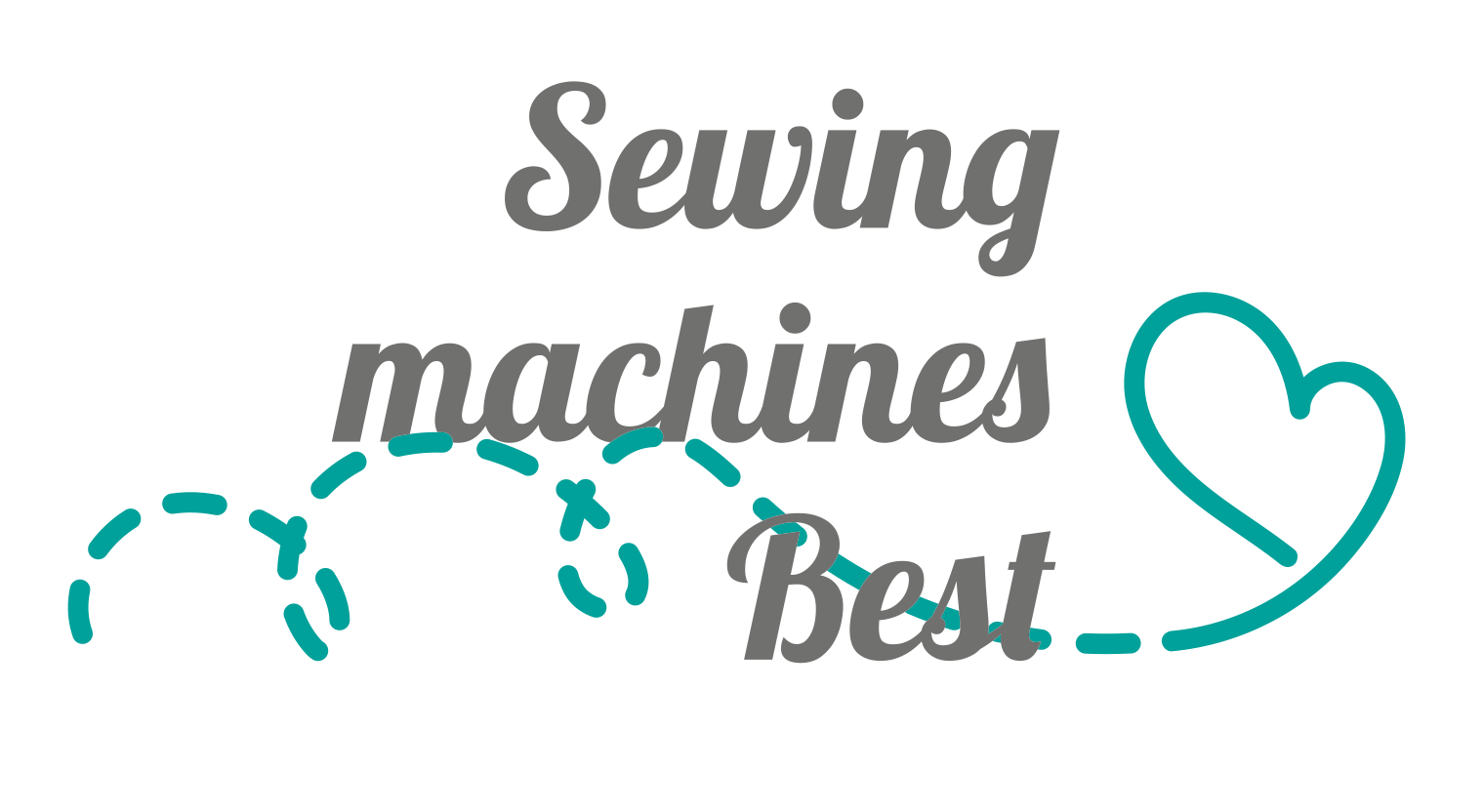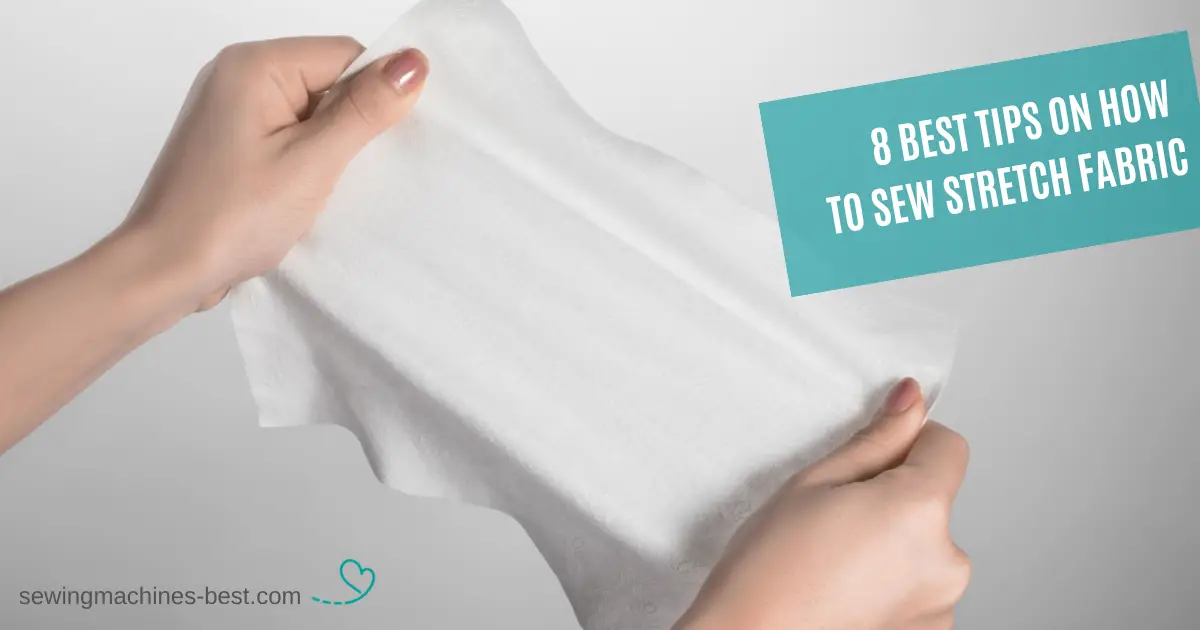There are a lot of great sewing patterns for your next sewing project made of stretchy fabrics. With this fabric, you can sew a lot of great things like T-Shirts, leggings, or comfy clothes for kids. But sewing with this kind of fabric can also be challenging. Do you love sewing as I do and have you always wanted to know how to sew stretch fabric? Here are my best tips for you.

Contents
- 1 Can I use my home sewing machine to sew stretch fabric?
- 2 Can a serger be replaced with a home sewing machine?
- 3 Tip 1: Pick the right sewing machine needle
- 4 Tip 2: Choose the right thread for the fabric
- 5 Tip 3: Best five stitches for sewing stretch fabric
- 6 Tip 4: Choose the right sewing machine settings
- 7 Tip 5: Pre-wash the fabric
- 8 Tip 6: Use the right tool for cutting
- 9 Tip 7: When sewing, avoid pulling and pushing the fabric
- 10 Tip 8: Stabilize the fabric with starch spray
- 11 Conclusion
Can I use my home sewing machine to sew stretch fabric?
First, I want to answer a frequently asked question whether you can sew knit fabric (also called stretch fabric) with your home sewing machine. The answer is yes! There are a just few things that need to be considered in order to sew stretch fabrics on the normal sewing machine.
It’s a popular misconception that you need a serger instead of a normal domestic sewing machine to sew stretch fabric. Overlockers and sergers are excellent for working with knit fabric and producing nicely serged edges. Stretchy fabrics can be sewn more quickly with a serger, but they are also more expensive.
Can a serger be replaced with a home sewing machine?
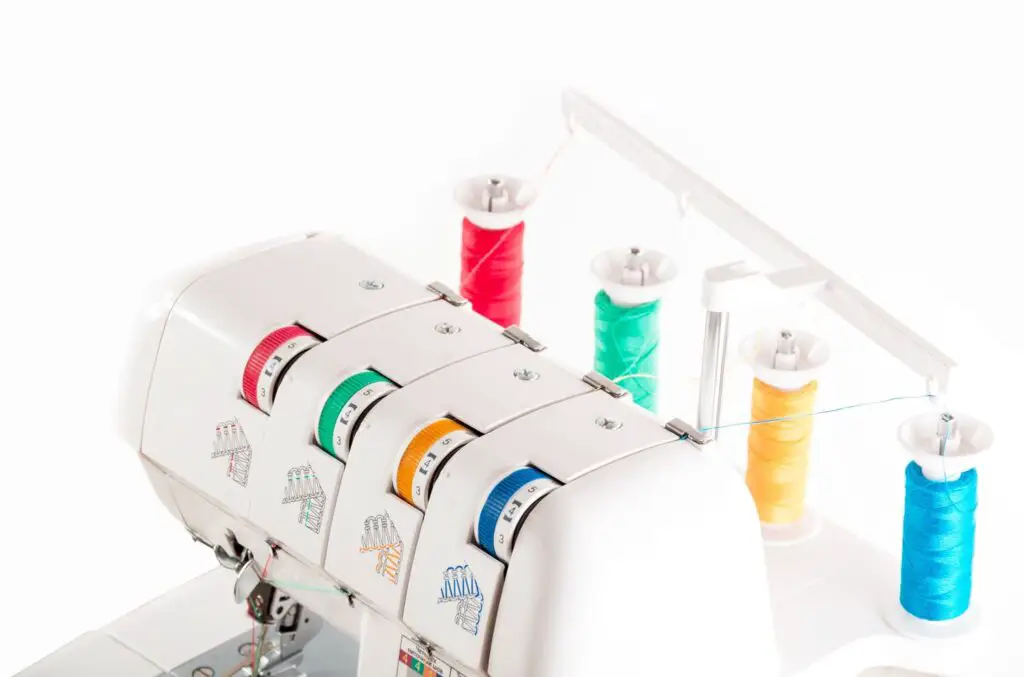
The answer here is also yes! A domestic sewing machine where the speed can be adjusted and which has a straight stitch and a zig zag stitch is sufficient for your sewing projects with stretchy fabrics. In the following, I show you my best tips on how to sew knits with your machine for making your next project a success.
Tip 1: Pick the right sewing machine needle
The right needle for knit fabrics is either a ballpoint needle or you can also find them under names like a stretch needle or super stretch needle. Due to the rounded tip, it’s called a ballpoint needle. It pushes the yarns or the knit fibers aside without damaging them. This gives you fewer knots and the needle doesn’t rip holes into your fabric.

A sewing needle, which you can use for hems is called a twin needle. Sewing with a twin needle will give your hems a professional appearance and the sewing piece will still be elastic.
Tip 2: Choose the right thread for the fabric
Another tip on how to sew stretch fabric is to use the right thread. Knit fabric typically responds better to stronger polyester thread than cotton thread because it is less likely to break. A polyester thread is a little more stretchy and goes well with stretchy fabrics.
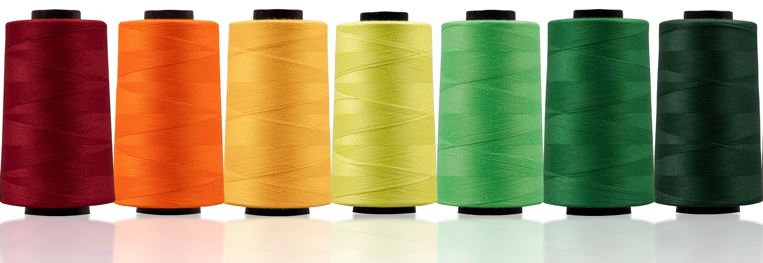
Tip 3: Best five stitches for sewing stretch fabric
A regular sewing machine has also a couple of stitches that can be used for stretch fabric. You just have to look in the manual on how to set these stitches on your sewing machine.
- You can use a normal sewing machine’s zig zag stitch as a substitute for a serger, when using it the material remains stretchable. Adjust the stitch length to a narrow zigzag in the settings of your machine.
- Another stitch that can be used for sewing stretch fabrics is a triple stretch stitch. Even though this stretch stitch is straight, you also can stretch the material without breaking, which would happen if it were a standard straight stitch.
- In many sewing machine manuals, the lightning stitch is suggested as the best stitch for sewing knits. Tunneling or puckering is less likely to occur when the zigzag moves upward and downward rather than just side to side
- Another great stitch for stretch fabrics is the overedge stitch, but for this one, you need a special foot for your machine (often included in the basic equipment of your sewing machine). Sportswear and stretch knit textiles are sewn with the overedge stitch. In a single motion, it finishes the seam and sews it like a serger.
- Some sewing machines also have an elastic stitch for sewing elastic fabric gently. Just take a look at your sewing machine manual which stitches described above are available for your own sewing machine.
Tip 4: Choose the right sewing machine settings
On modern sewing machines you do not need to set anything extra otherwise has every sewing machine a sewing machine manual. You can find out exactly what adjustments you need to make to your machine in the individual instructions to sew stretch fabrics. The best place to look for your manual if you no longer have one is on the manufacturer’s website. Most manufacturers’ websites make it simple for you to download the manual.
Set the right presser foot pressure
In general, it can be said that the sewing foot pressure on many machines especially for stretchy fabric needs to be set correctly. Too much pressure causes the fabric to expand and become wavy after sewing and doesn’t return to its initial form. To prevent the fabric from expanding, you should reduce the presser foot pressure to one or two.
Best sewing machine foot for stretchy knit fabrics

The simple zigzag sewing foot, which comes with basic equipment works ideal for sewing stretchy fabrics. For overedge stitch, which works well for stretchy fabric, there are special overedge feet.
But there is one more foot that is great for stretch fabrics it’s called the walking foot. Knit fabric has a tendency to become wavy or stretch too much and lose its form beneath the foot, particularly when sewing with very elastic fabric. A walking foot moves knit fabrics more evenly, keeping them from stretching out of shape.
Tip 5: Pre-wash the fabric
Pre-washing is particularly important when it comes to knit fabrics because they tend to shrink more than woven fabrics and it would be very annoying if your garment does not fit anymore after washing.
On many fabrics, you need to pay attention to laundry symbols, so that they are washed properly and not too hot.

Another reason would be to wash out the chemicals from the fabric before sewing. In order to prevent the fabric from warping, it is better to let it dry flat on the ground, so that it keeps its shape.
Tip 6: Use the right tool for cutting
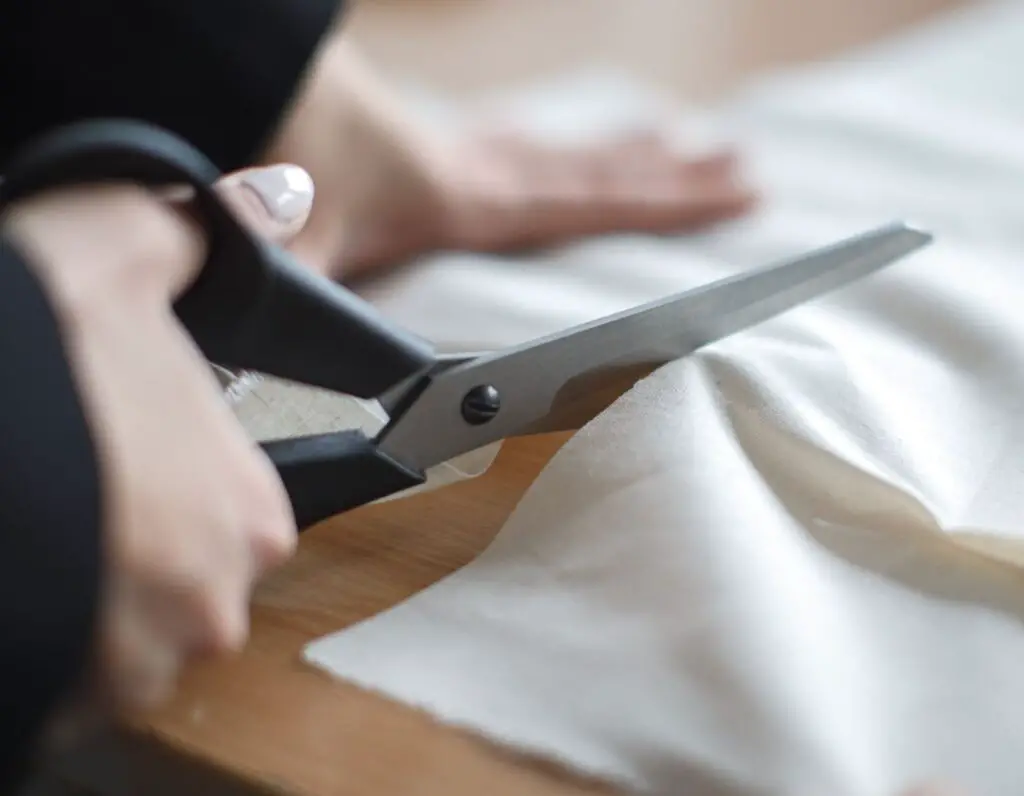
Although a rotary cutter with a cutting mat will give you better results, scissors should work just fine. Avoid stretching knit fabrics while cutting them. The thinner the fabric is, it is also a good idea to leave more seam allowance.
Tip 7: When sewing, avoid pulling and pushing the fabric
You must be careful not to pull or push the material while sewing stretchy fabrics. Keep the fabric loose while sewing it and support its weight. So your sewing piece will not be deformed afterward.
Tip 8: Stabilize the fabric with starch spray
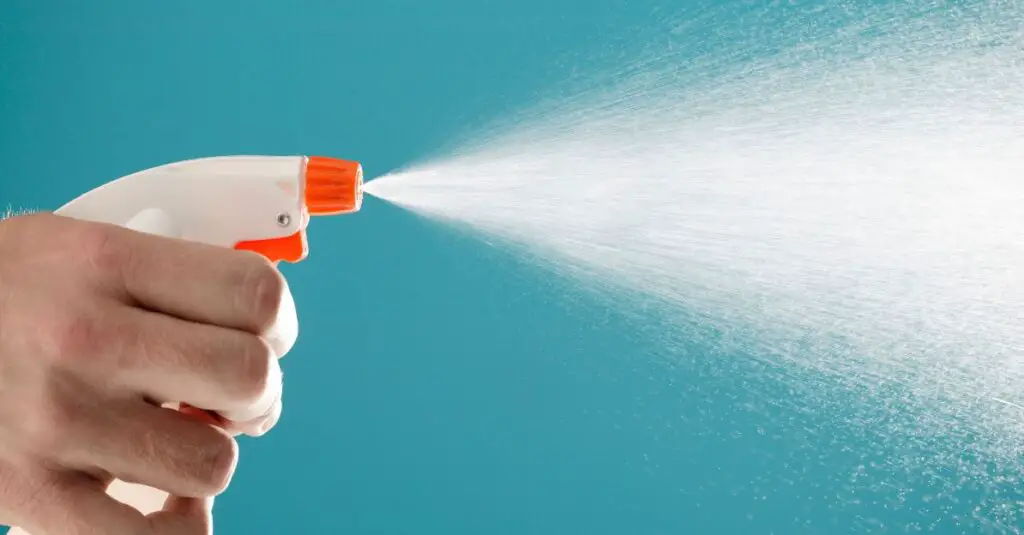
The last good tip on how to sew stretch fabrics is to use stabilizing products. This is easily done by spraying the washed fabric with for example starch spray on the edges of the fabric that will be sewn. Then let it dry lying down. After that, the fabrics are really strong and can be processed well without deforming.
Here is a quick overview of the 7 tips I mentioned in the article:
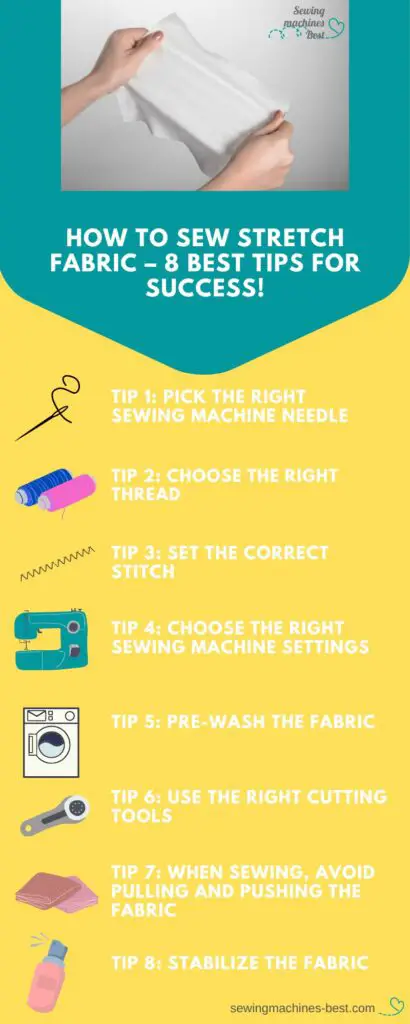
Conclusion
I showed my eight best tips on how to sew stretch fabric. Sewing stretch fabric with success you should get the right needle, polyester thread, the right stitch, and choose the right settings for your machine. Avoid pushing and pulling the stretchy fabric while cutting and sewing and also it is important to pre-wash your stretch fabric because of the shrinking and to wash out the chemicals. So now you can begin a new sewing project without difficulty.
Read also: What is a Serger Sewing Machine?

Hi everyone and welcome to my blog!
My name is Liz, and I started sewing when my son was born. First I repaired the holes in children’s pants, then I dared to do more challenging projects like sewing home decor and children’s clothing. Now it is my hobby where I come to rest, let my creativity run wild, and create things that please me and enhance my home.
I would love to help other sewing beginners and enthusiasts through my blog by sharing tips and tricks for this great hobby.
